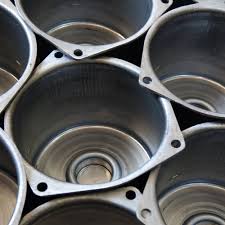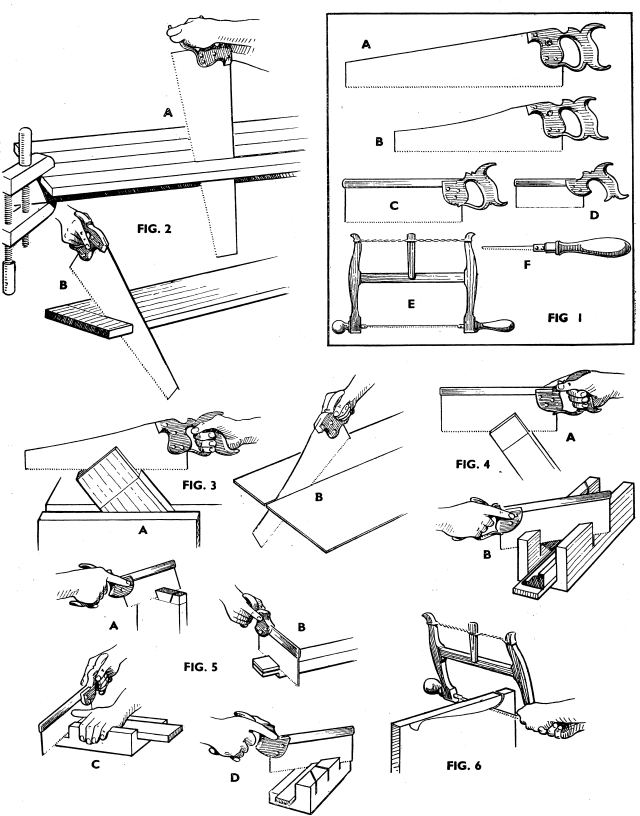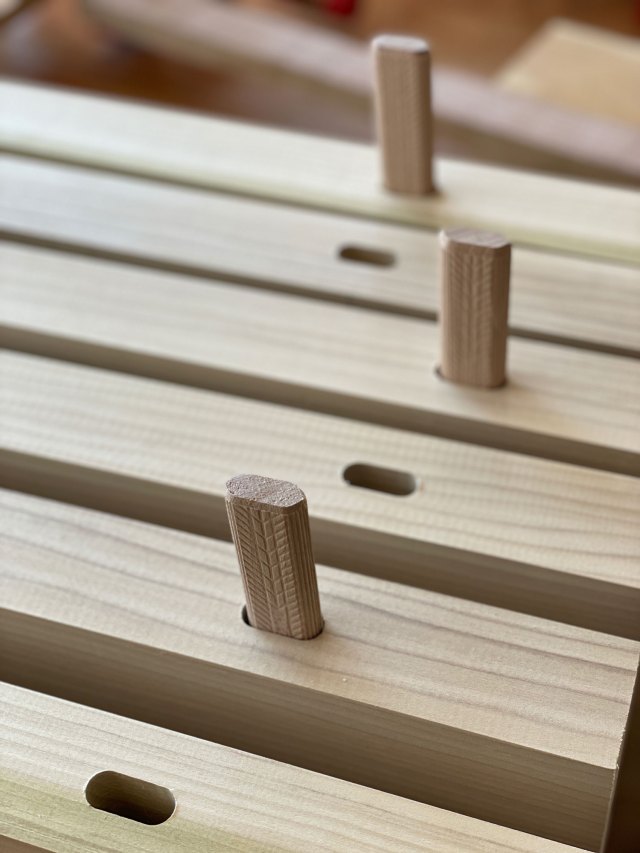Decoding Molds: Their Significance, Prevention Techniques, and Impact on Geotextiles
Molds, often termed mold fungi, represent minute organisms that hold significant roles within the ecosystem. While aiding in organic matter decomposition, molds simultaneously pose health risks and have the potential to deteriorate various materials. Understanding molds, their prevention, and their applications within industries such as geotextiles is crucial for health and engineering considerations.



1. Unveiling molds: Their preferred conditions for growth
Molds, belonging to the fungi family, thrive in environments characterized by dampness, warmth, and high humidity. They colonize various surfaces, including wood, paper, fabric, and food, particularly in areas lacking adequate ventilation and with increased moisture levels.
2. Assessing molds’ impact on health and the environment
Exposure to mold spores can trigger allergic reactions, respiratory issues, and other health complications, especially among susceptible individuals. While contributing to organic matter breakdown in nature, molds also can cause structural damage to buildings, structures, and materials over time.
3. Implementing measures to prevent mold growth
Effective control of moisture levels is pivotal in preventing mold growth. This involves ensuring proper ventilation, immediate repair of leaks, utilization of dehumidifiers in damp areas, and regular cleaning and inspection of moisture-prone spaces. Additionally, employing mold-resistant materials, such as specific paints and coatings, aids in inhibiting mold proliferation.
4. Understanding molds’ significance in geotextile applications
Geotextiles, permeable fabrics extensively used in construction and civil engineering, benefit significantly from anti-microbial and mold-resistant properties. Integrating additives that deter mold growth enhances the structural integrity and longevity of geotextiles, especially in environments susceptible to heightened moisture levels. This renders them more dependable for applications like erosion control, drainage systems, and reinforcement in construction projects.



Applications and the Realm of Geotextiles:
Within civil engineering, geotextiles serve varied functions encompassing separation, filtration, drainage, reinforcement, and erosion control. When equipped with anti-microbial and mold-resistant characteristics, these materials fortify their durability and reliability, particularly in projects susceptible to moisture and environmental factors. Geotextiles featuring mold-resistant attributes prove particularly beneficial in regions with high humidity, ensuring sustained stability and performance in infrastructure projects.
Understanding molds, their impact on health and the environment, and their relevance in industries like geotextiles remains crucial. Implementing preventive measures and integrating mold-resistant properties into materials like geotextiles help mitigate the risks associated with mold growth, ensuring the longevity and effectiveness of construction and engineering projects. This approach fosters sustainability and reliability in infrastructure development while safeguarding against potential health hazards linked to mold exposure.



